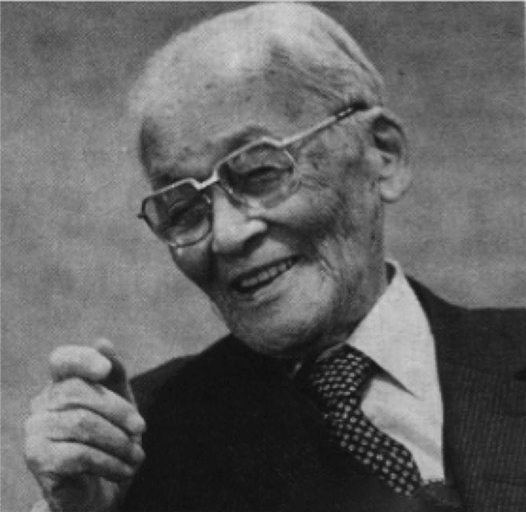
About Course
This course explores the extraordinary life and thought of Imaoka Shin’ichirō (1881-1988), whose 106-year journey through multiple religious traditions led to a profound vision of “jiyū shūkyō” (free-religion). Rather than a new denomination or an attempt to unite existing religions, free-religion represents a creative, inquiring approach to spirituality that recognizes no single tradition has a monopoly on truth.
The first session traces Imaoka’s remarkable spiritual evolution: from his Pure Land Buddhist family roots, through his conversion to Anglican Christianity, his work with the Congregational Church, and his eventual role in the Japanese Unitarian movement. We explore how his encounters with diverse traditions – including Tenko Nishida’s non-sectarian Ittōen community, Seiza meditation, and Shinto spirituality – shaped his understanding that any established religion could become “free religion” if approached with humility and openness to learning from others.
The second session examines Imaoka’s “Principles of Living” and Statements of Faith, which reveal how free-religion extends beyond organized religion into politics, economy, and science when these manifest genuine human nature. We explore his vision of the Tokyo Kiitsu Kyōkai (Unity Fellowship) as a gathering place for practitioners of free-religion, and his hope that the International Association for Religious Freedom would evolve into an international association of free religions.
Through both sessions, we see how Imaoka’s thought transcended traditional religious boundaries while deeply engaging with each tradition he encountered. His approach offers valuable insights for contemporary interfaith dialogue and religious innovation, suggesting ways that individuals and communities can maintain deep connections to their traditions while remaining open to continuous growth and learning – as expressed in his famous saying, “There is no graduation from the University of Life.”
The course includes rare photographs and documents from Imaoka’s life and work, including images of Unity Hall and the Tokyo Kiitsu Kyōkai. Japanese speakers are especially welcome to contribute to ongoing efforts to improve English translations of Imaoka’s essays. Participants interested in Seiza meditation practice, which formed the cornerstone of Imaoka’s spiritual discipline, will have the opportunity to learn more about this practice.
Course Content
Imaoka Shin’ichirō and Free Religions
Student Ratings & Reviews
